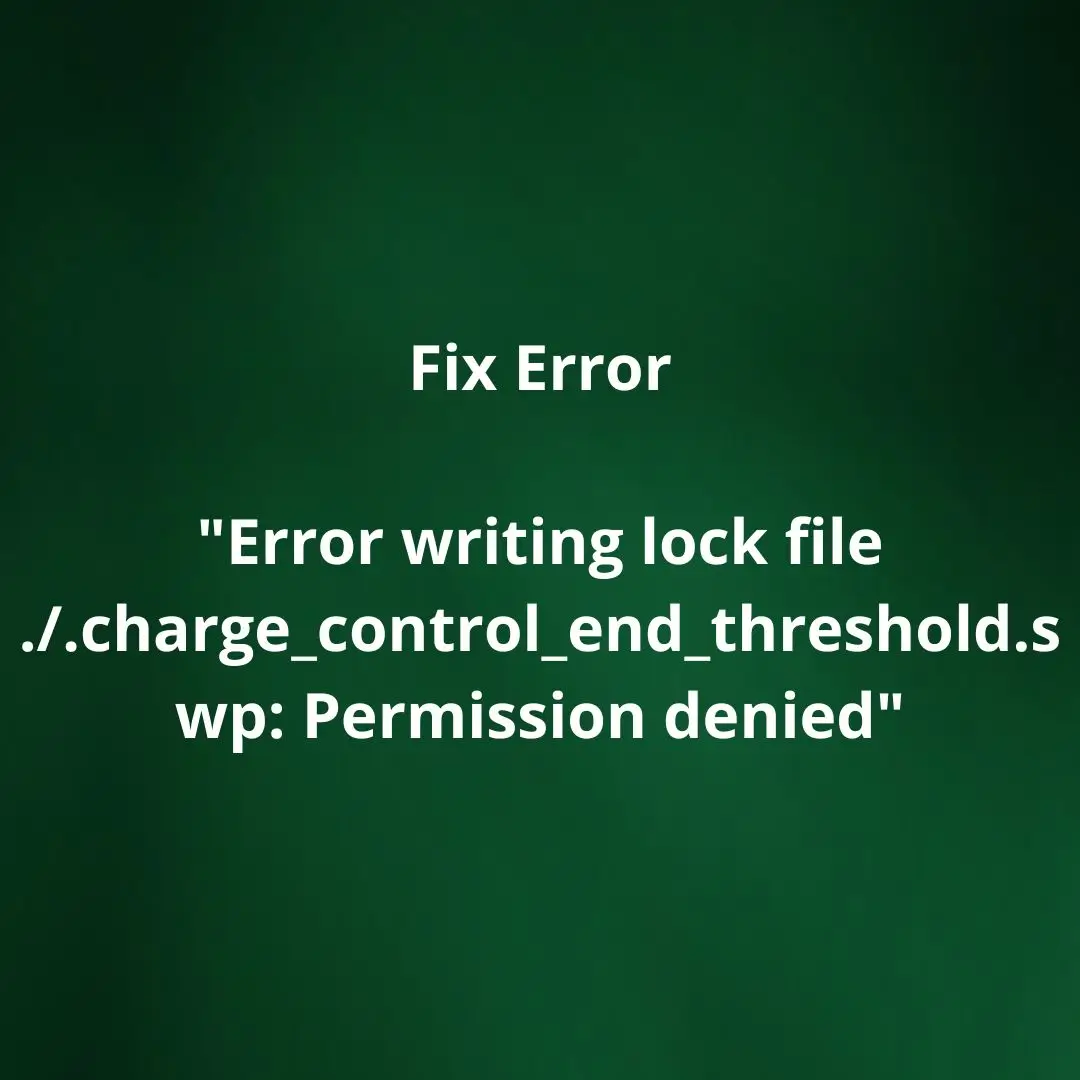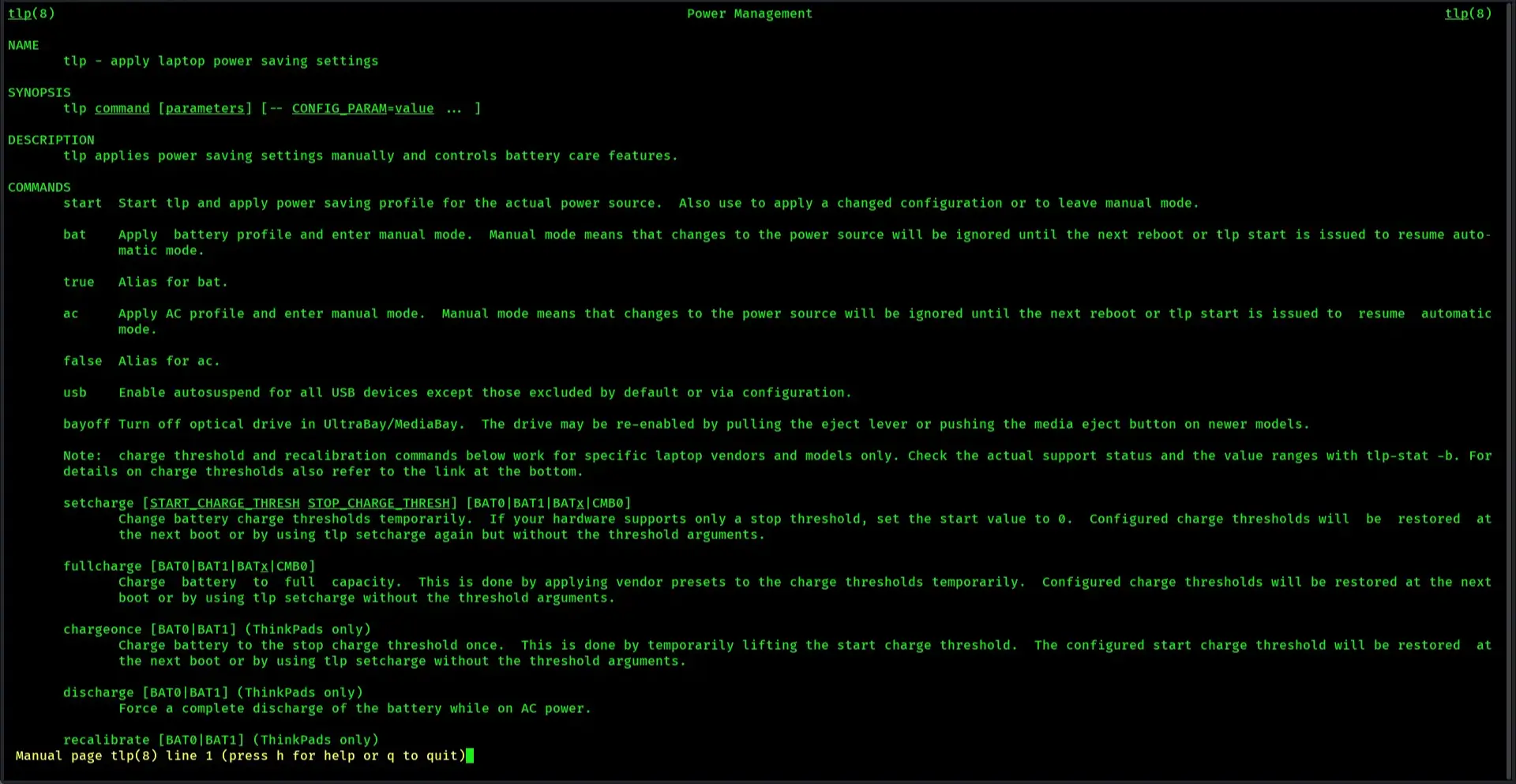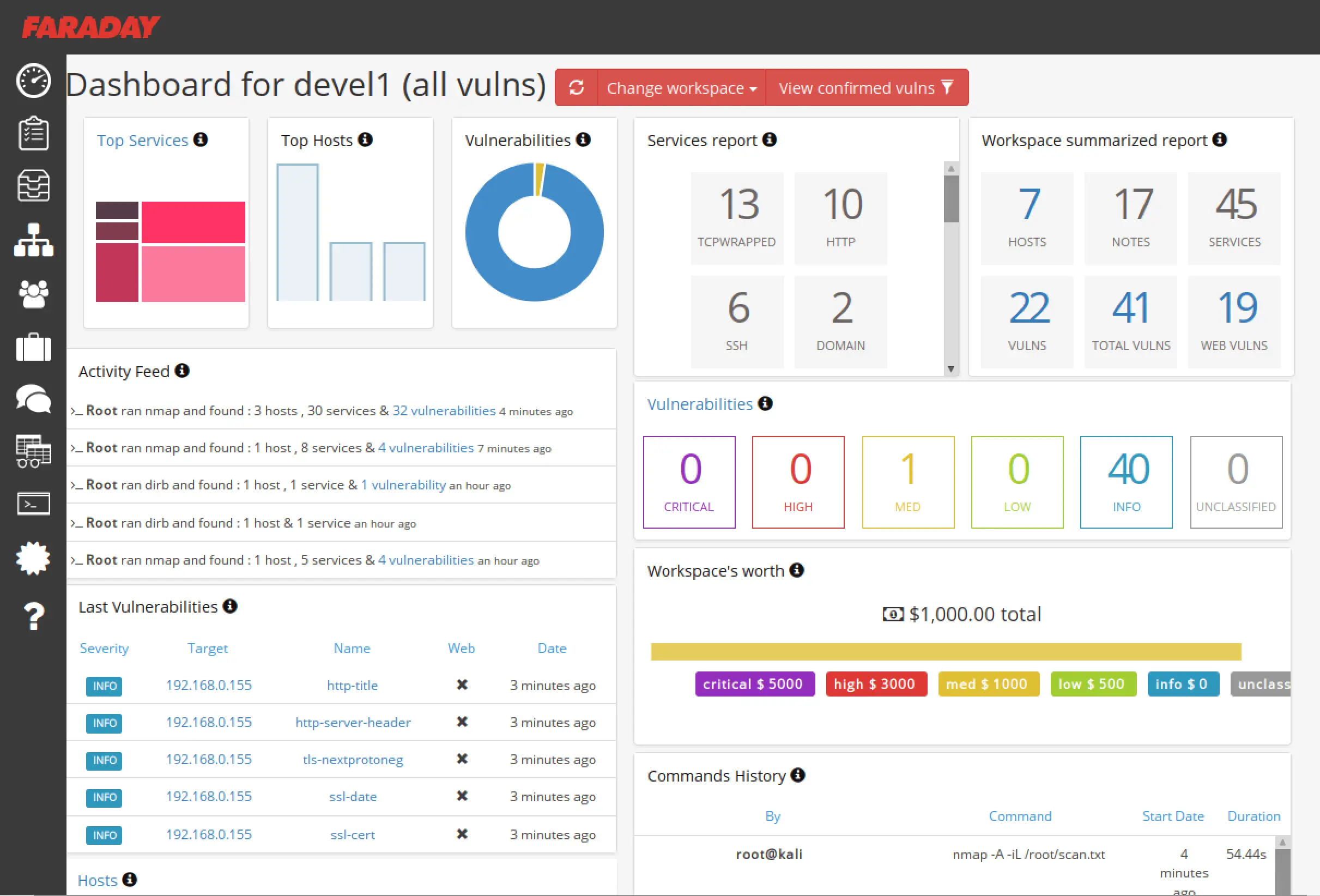Published on May 24, 2025
How to Fix Error "Error writing lock file ./.charge_control_end_threshold.swp: Permission denied"

When using a Linux or Unix-based system, users sometimes face the error “Error writing lock file ./.charge_control_end_threshold.swp: Permission denied” while trying to execute certain commands. This error usually occurs due to permission issues in the file system.
In this article, we will discuss the main causes of this error and how to fix it using various methods. The discussion will cover basic to advanced solutions to ensure that this error does not reoccur.
Causes of Error
Before we get into how to fix the error, we need to understand some of the main causes:
- Insufficient Permission
The file or directory in question does not have sufficient permission to be written by the user running the process.
- File or Directory Locked by Another Process
Another process is using the file or directory and it cannot be written by the running process.
- Root Permission Issue
Some system files can only be modified by a user with root privileges.
- File System in Read-Only Mode
If the system is in read-only mode, then all write operations will be blocked.
- Corrupt or Corrupt Inode in File System
The file or directory may be corrupted and cannot be accessed properly.
How to Resolve Errors
1. Check and Change File/Directory Access Rights
The first step that can be done is to check the file or directory access rights with the following command:
ls -lah
This command will display a list of files along with their access rights. If the file has write-restricted permissions, you can change them using the following command:
chmod 777 ./.charge_control_end_threshold.swp
Or if you want to grant access only to certain users:
chmod u+w ./.charge_control_end_threshold.swp
2. Running Commands with Root Access
If the error still appears, try running the command with root access using sudo:
sudo chmod 777 ./.charge_control_end_threshold.swp
Or, if you want to open a terminal with root access:
sudo su
Then run the required commands.
3. Delete the Problematic Swap File
Sometimes, a locked .swp file can cause this problem. Try deleting it with the following command:
rm -f ./.charge_control_end_threshold.swp
If the system refuses, try with root privileges:
sudo rm -f ./.charge_control_end_threshold.swp
4. Checking the Process Using the File
To find out if another process is using the file, use the command:
lsof | grep charge_control_end_threshold
If there is a process using the file, kill it with the command:
kill -9 [PID]
Replace [PID] with the process ID found.
5. Checking and Repairing System Files
If the error persists, there may be a problem with the file system. Use the following command to check and fix it:
sudo fsck -y /dev/sdX
Replace /dev/sdX with the appropriate partition, for example /dev/sda1.
6. Change the File System Status from Read-Only to Read-Write
If the system is in read-only mode, change it to read-write mode with the following command:
sudo mount -o remount,rw /
7. Check SELinux or AppArmor Settings
If the system uses SELinux or AppArmor, security settings may restrict file access. Check SELinux status with the command:
sestatus
If it is enabled, try disabling it temporarily:
sudo setenforce 0
For AppArmor users, try the following command:
sudo aa-status
If necessary, disable certain rules.
8. Checking System Logs
If the error is still not resolved, check the system logs for more information:
dmesg | tail -50
journalctl -xe
This log can provide additional clues about what caused the error.
Conclusion
The error “Error writing lock file ./.charge_control_end_threshold.swp: Permission denied” is usually caused by permissions issues or a locked file system. To fix it, the following steps can be taken:
- Check and change the permissions of the file or directory.
- Run the command with root privileges.
- Delete the problematic swap file.
- Check the process that is using the file.
- Check and repair the file system.
- Change the status of the system file from read-only to read-write.
- Check SELinux or AppArmor settings.
- Check the system log for additional information.
By following the steps above, you can effectively resolve this error and ensure that the system continues to run smoothly. Hopefully this article is useful!





